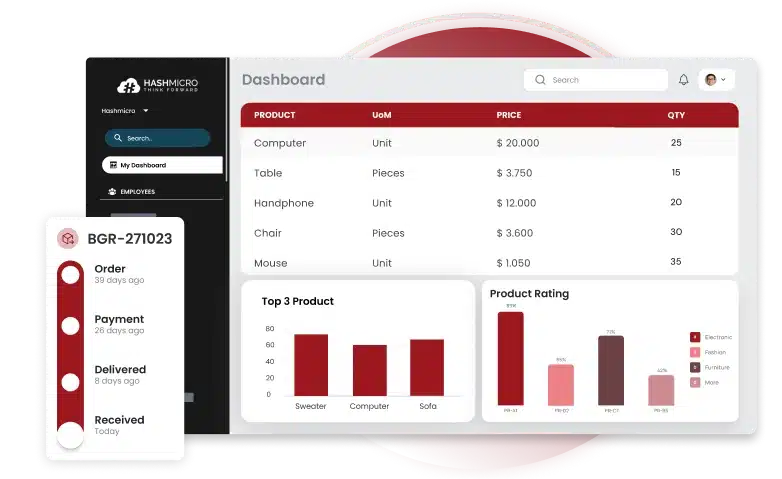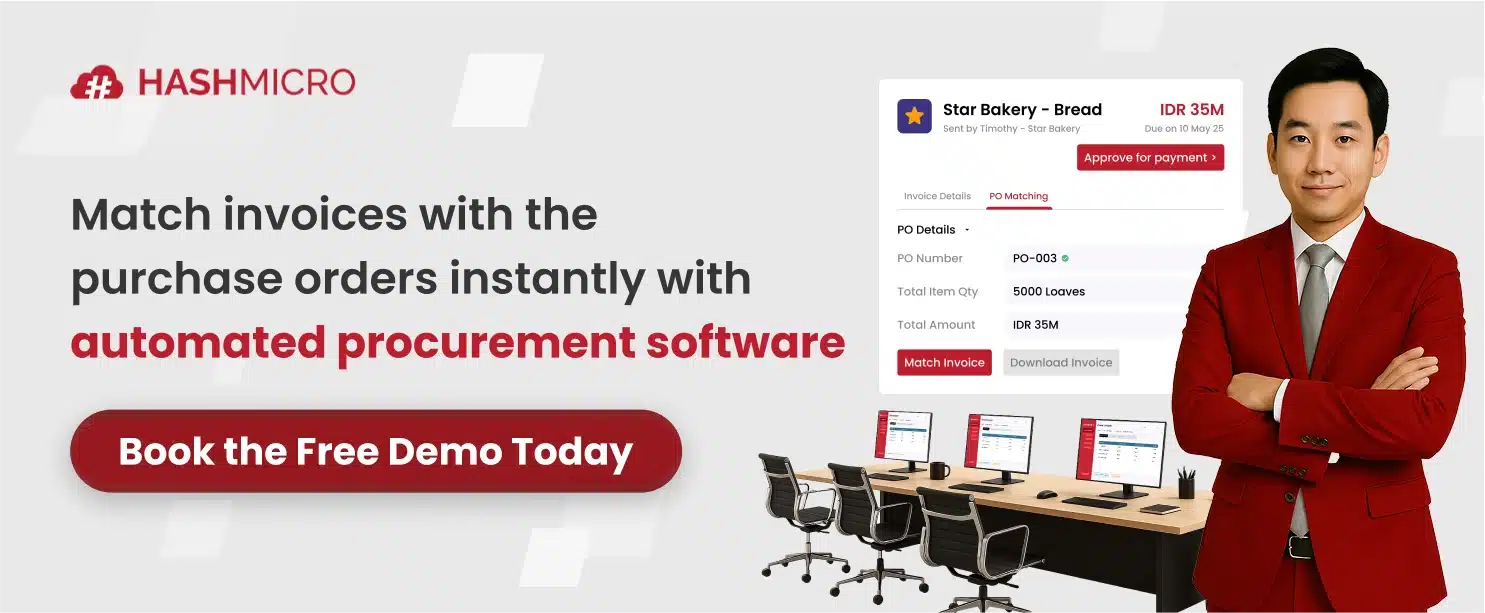Many businesses struggle with inefficiencies in their Source-to-Pay processes, especially when dealing with manual, time-consuming tasks. These inefficiencies can lead to higher costs and missed opportunities for improvement.
To tackle this, companies are turning to automation. In fact, 88% of order placement and receipt tasks in Source-to-Pay can be automated, reducing manual effort and errors. Payment processing is even more promising, with 93% of tasks ready for automation, streamlining workflows and minimizing delays.
Automating source-to-pay not only cuts costs but also unlocks potential in strategic areas. For instance, 47% of vendor selection and negotiation tasks can be automated, allowing companies to improve supplier management and move closer to a fully digitized procurement process.
Key Takeaways
|
What is Source-to-Pay?
Source-to-Pay (S2P) is a comprehensive procurement process that encompasses all activities from sourcing goods and services to completing supplier payments. It begins with analyzing expenditures, identifying procurement needs, and selecting appropriate suppliers.
The next process is sourcing events, negotiating contracts, and receiving goods or services. The final steps include processing supplier invoices and executing payments. It should be noted that effective supplier management and risk assessment are crucial throughout the S2P process.
The objective of source-to-pay is to optimize procurement operations, reduce costs, and ensure timely and cost-effective acquisition of goods and services while fostering strong supplier relationships.
What’s the Difference between Source-to-Pay and Procure-to-Pay?
Source-to-Pay (S2P) and Procure-to-Pay (P2P) are closely related, with P2P being a subset of S2P. While S2P covers the full range of procurement activities—both strategic and operational—P2P focuses on the operational aspects.
S2P includes everything from supplier selection and negotiation to contracting, spend analysis, and supplier lifecycle management. It integrates these processes to streamline procurement strategies, leading to cost savings, improved efficiency, and better supplier relationships.
On the other hand, P2P handles the transactional side of procurement. It ensures efficient procurement and payment processes, typically following five key steps: request, requisition, purchase order, receipt, and invoice payment, along with their related approval workflows.
In short, P2P is part of the broader S2P process, focusing specifically on execution and payment.
Benefits of Source-to-Pay Automation for Business

Automating Source-to-Pay with procurement software can greatly simplify procurement and cut costs. By making each step—from choosing suppliers to making payments—more efficient, businesses can run smoother, reduce mistakes, and improve performance.
Here are some key benefits that come with automating your S2P process:
1. Increased visibility into procurement
Automating Source-to-Pay provides a clear view of all procurement activities. With instant access to spending data and supplier performance, you can quickly spot savings opportunities.
This level of increased visibility can save businesses 3-4% of their total spend by highlighting inefficiencies, helping to cut unnecessary transaction costs, and making smarter, more cost-effective decisions. For a company spending $2 billion annually, this could translate to $70 million in savings.
If you want to improve visibility into your procurement processes, you can use procurement management software. Prominent features like Tracking Purchase Orders can monitor order status, be it request or delivery, in real-time.
Furthermore, procurement software has a myriad of other features to bring the entire procurement process into order. If you’re interested in knowing more, you can try out the free demo for the software.
2. Faster signed contracts
By bringing all procurement processes into one platform, automation speeds up everything from approvals to contract signing. No more back-and-forth emails or delays in communication—just a smooth path to closing deals faster and more efficiently.
3. Enhanced compliance
Automation ensures that every step of the procurement process follows set rules and regulations. It keeps track of contract terms and alerts you to any compliance risks, minimizing the chance of errors and protecting your business from costly penalties.
4. Improved collaboration with trading partners
With automated procurement systems, buyers and suppliers can easily share information, which leads to better communication and trust.
This collaboration leads to more efficient problem-solving and quicker responses to supply chain disruptions, which is especially crucial for avoiding the 3-4% waste in external spend due to inefficiencies.
5. Better pricing and forecasting
Data from automation helps you negotiate better deals with suppliers by giving you clear insights into pricing trends and supplier performance. It also improves your forecasting accuracy, making inventory management easier and helping avoid stock shortages or excess.
8 Steps of Source-to-Pay

Having a repeatable process is crucial for managing procurement effectively. That’s why each S2P project follows a series of steps to ensure the right goods are procured at the best price—and delivered on time. While internal processes may differ, a typical S2P cycle involves the following:
1. Identifying the need
A stakeholder recognizes the requirement for a particular product or material. As a first step, they outline the project’s requirements, including timelines or specific details needed for success. In some organizations, this may involve completing a requisition form to initiate the sourcing process.
2. Creating a vendor shortlist
In line with strategic sourcing practices, the stakeholder identifies potential suppliers based on the outlined criteria. For S2P, these are usually new vendors under evaluation. In contrast, P2P may involve existing vendors from a preferred list.
3. Issuing RFPs or conducting e-auctions
Once a shortlist is made, the process moves forward with requests for proposals (RFP), requests for quotes (RFQ), or e-auctions.
4. Negotiating the contract
After identifying the best supplier through the RFP process, the buyer negotiates contract terms, conducting due diligence to agree on pricing, payment, and delivery arrangements.
5. Submitting the purchase order
After finalizing the terms, the buyer sends a formal purchase order. The supplier then fulfills the order as agreed and delivers the goods for inspection and acceptance.
6. Delivery and acceptance of goods
Upon receiving the goods, the buyer inspects the delivery for any issues regarding compliance or quality. If everything meets the standards, the goods are accepted, and payment arrangements are made.
7. Payment
Once the goods are accepted, payment is made according to the agreed terms. The process includes a “three-way match,” ensuring the purchase order, invoice, and goods receipt align, which helps prevent errors or fraud.
If your procurement system supports automation, this matching process and payment can be handled within a single platform, eliminating manual work.
8. Vendor evaluation
Although not directly part of the payment process, a post-purchase evaluation is essential for strategic sourcing. This review should assess how well the supplier met pricing, compliance, and delivery standards. It will also provide key insights for future supplier performance management and influence their potential inclusion on future preferred vendor lists.
Key Points to Consider for Managing Supplier Risk
Effectively managing supplier risk is essential for ensuring smooth operations and avoiding costly disruptions. Here are some important factors to keep in mind when managing supplier risk:
- Supplier Risk Management: Identify and classify potential risks associated with suppliers, including financial instability, geopolitical issues, natural disasters, or quality control concerns.
- Supplier Evaluation: Evaluate suppliers based on their risk profile, considering factors such as financial stability, reputation, past performance, and geographical location.
- Supplier Collaboration: Work closely with suppliers to address risks, enhance performance, and develop joint solutions, including opportunities for innovation.
- Supplier Diversification: Diversify your supplier network to reduce reliance on a single supplier and minimize the impact of potential disruptions.
- Contractual Protections: Structure contracts with risk mitigation in mind, incorporating clauses for penalties, dispute resolution, and contingency plans.
- Supply Chain Visibility: Enhance visibility throughout the supply chain to better track product flow and identify potential risks early.
- Data and Analytics: Leverage data and analytics to gain deeper insights into supplier performance, dependencies, and risks, enabling more informed decision-making.
Automate Your Source-to-Pay with HashMicro Procurement Software

HashMicro offers an all-in-one solution for businesses looking to optimize their procurement process. Imagine an automated system that handles everything from supplier selection to payment processing—effortless, efficient, and accurate. It’s a real game-changer for your procurement operations, right?
HashMicro provides all the tools you need to take full control of your procurement activities:
- E-Procurement for online tenders and RFQ / ITQ – This is directly tied to the sourcing phase of S2P, where online tenders and requests for quotes are crucial for supplier selection and price negotiation.
- Vendor portal – The vendor portal facilitates digital procurement and negotiation between the company and suppliers, streamlining communication and ensuring transparency, which is essential for managing the supplier relationship throughout the S2P cycle.
- Automatic Vendor Rating (Punctuality, Pricing Index, Completeness) – Automatically evaluating vendor performance based on key criteria such as punctuality and pricing aligns with the supplier evaluation and management stages of S2P.
- Cost Savings tracking and reporting – Tracking cost savings is crucial for measuring the effectiveness of procurement activities and achieving S2P goals like reducing costs and improving operational efficiency.
- Budget tracking & limit per purchase – Managing procurement costs and ensuring that purchases stay within budget are critical for the financial and operational efficiency goals of the S2P process.
With HashMicro’s procurement management software, you can streamline every step of the Source-to-Pay process. Supplier onboarding, contract management, and invoice processing are all automated, ensuring everything runs smoothly without manual effort.
No more scrambling to meet deadlines or dealing with lost paperwork—everything is done in real time, so you’re always ahead of the curve.
This system doesn’t just improve procurement efficiency; it saves your business significant time and money. By reducing manual tasks and minimizing errors, your procurement process becomes more productive and cost-effective. It’s really a win-win!
Conclusion
A strong Source-to-Pay (S2P) system is essential for businesses to keep their procurement operations efficient and cost-effective. S2P automation streamlines procurement, reduces manual errors, improves supplier collaboration, and enhances overall process visibility.
By automating key steps and integrating with other business systems, procurement management becomes more reliable, transparent, and easier to control.
If you’re looking to elevate your procurement process, consider HashMicro’s Procurement Software. HashMicro offers a comprehensive solution tailored to businesses’ procurement needs. With features like automated supplier management, contract tracking, and real-time spend analysis, HashMicro’s system helps boost efficiency and control costs.
See how HashMicro’s procurement software can transform your business with a free demo today!


















































